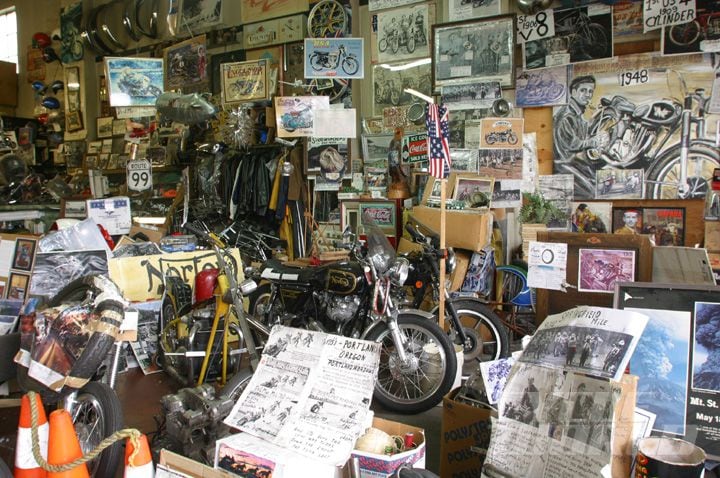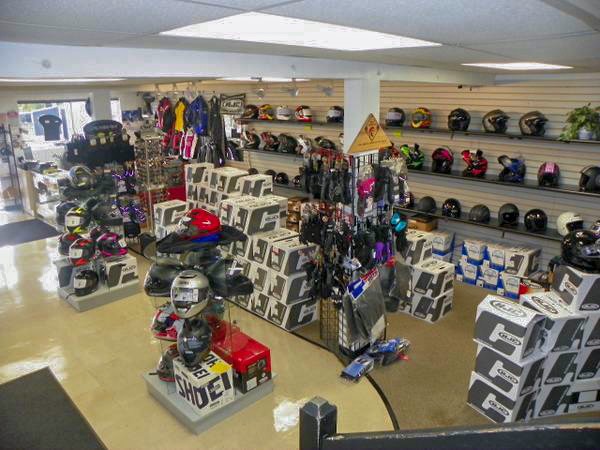Your Go-To Motorbike Shop for High Quality Parts and Accessories
Your Go-To Motorbike Shop for High Quality Parts and Accessories
Blog Article
An In-depth Look at Motorcycle Components: What Every Cyclist Must Know
A comprehensive understanding of bike parts is not just helpful but crucial for any kind of biker aiming to take full advantage of performance and safety. Each element, from the engine's complex operations to the integrity of brake systems, plays a critical role in the general experience and capability of the bike. Nevertheless, past just knowing what these parts do, it is important to appreciate how they support and engage each other. This interconnectedness can make the difference between a smooth experience and unforeseen issues. What complexities lie within this mechanical harmony that every motorcyclist should master?
Understanding the Engine
The engine, frequently considered as the heart of a bike, is a complex assembly of components that operate in harmony to convert fuel into movement. At its core, the engine's main function entails the burning procedure, where air and gas mix and ignite within the cyndrical tubes, resulting in regulated surges that drive the pistons. These pistons go up and down, transforming chemical power into power, which consequently turns the crankshaft, ultimately powering the bike.

Recognizing the complexities of a bike engine is critical for motorcyclists and lovers alike. It not only provides understanding right into how bikes achieve their remarkable power and speed but likewise help in effective maintenance and troubleshooting, ensuring longevity and integrity on the road.
Suspension Solutions
While the engine powers the bike, the shock absorber plays an important role in ensuring a smooth and regulated ride. The suspension system is accountable for soaking up shocks from the road surface area, maintaining tire call, and providing security during cornering and stopping. It makes up two major parts: the front forks and the back shock absorbers.
Front forks are normally telescopic, including a springtime and wetting system. The springtime expands and presses to absorb bumps, while the wetting system controls the motion to avoid too much jumping. This combination makes sure the front wheel remains in contact with the road, providing exceptional handling and comfort.
The rear suspension, commonly a monoshock or twin-shock arrangement, works likewise to the front suspension however is customized to support the bike's weight and cyclist - mx gear nz. It handles back wheel activity, adding to the bike's general equilibrium and responsiveness
Suspension systems can be adjustable, allowing cyclists to tweak preload, compression, and rebound setups according to individual choices and riding conditions. This adjustability enhances performance by maximizing the bike's interaction with diverse surfaces. In summary, a reliable suspension system is critical for rider convenience, security, and the bike's handling expertise.
Brake Elements
Quiting power is a fundamental aspect of bike security, and it hinges on the effectiveness of the find out here brake components. The primary aspects of a motorbike's braking system include the brake pads, calipers, rotors, and master cyndrical tube. motorcycle parts nz. Each of these components plays an essential role in guaranteeing efficient stopping performance
Brake pads are vital as they produce the required friction versus the rotors to reduce or stop the bike. Created from products such as sintered metal or organic composites, the option of brake pad product considerably impacts efficiency and longevity. Calipers, housing the brake pads, apply stress to the pads when the brake lever is involved, facilitating call with the blades.
The rotors, typically made from stainless-steel or actors iron, are mounted to the wheels and serve as the surface area against which the brake pads heated motorcycle gloves press. Their style, including diameter and density, influences heat dissipation and quiting power. The master cylinder, linked to the brake lever, creates hydraulic stress transmitted with brake lines to the calipers, guaranteeing consistent stopping pressure.
Normal maintenance and assessment of these parts are important for ideal performance, avoiding wear and making sure biker safety on the roadway.
Tire Essentials
Beyond preserving robust braking systems, ensuring optimum tire efficiency is just as significant for motorbike security and performance. Tires are the a fantastic read single contact factor in between the motorbike and the road, making their problem critical in handling, security, and total trip high quality. Selecting the ideal tire kind is crucial, as it directly affects traction and efficiency. Options vary from touring to sport tires, each designed to fit particular riding designs and problems.

In addition, consider the tire's age. Rubber compounds weaken over time, even if walk appears sufficient. Examine the sidewall for the DOT (Department of Transportation) code to identify the tire's age. Commonly, replacement is recommended every five years, despite wear. Spending attention in these tire basics not just enhances performance however also dramatically improves riding safety.
Electric Equipments
In the realm of motorcycle upkeep, the electric system plays a vital role in making sure dependable performance and biker security. This detailed network encompasses essential parts such as the battery, alternator, starter electric motor, and electrical wiring harness. Each aspect is essential for the smooth procedure of the motorcycle, from ignition to lighting and communication with numerous sensing units.
The battery acts as the heart of the electric system, providing the essential power to start the engine and run accessories. Consistently examining the battery's voltage and terminals for deterioration is critical to stop unexpected failures. The alternator, on the various other hand, charges the battery while the engine is running, guaranteeing a continuous power supply.
To keep it, cyclists must pay attention to any type of unusual noises or troubles during start-up. Guaranteeing that the cables are intact and cost-free from damage is essential for stopping short circuits and guaranteeing functionality.
Final Thought

Stopping power is a fundamental element of bike security, and it hinges on the effectiveness of the brake elements. The main aspects of a bike's braking system consist of the brake pads, calipers, blades, and master cylinder.Brake pads are essential as they develop the essential rubbing versus the blades to slow down or quit the bike.Beyond preserving durable braking systems, making sure optimum tire performance is similarly substantial for motorcycle safety and efficiency.In the realm of motorcycle maintenance, the electrical system plays a vital role in guaranteeing reliable performance and rider security.
Report this page